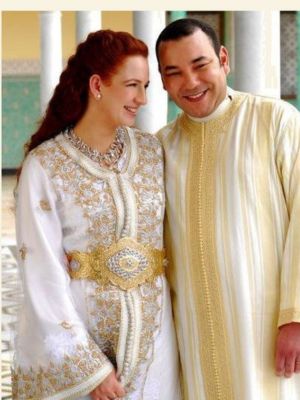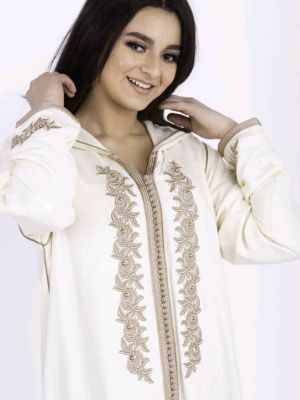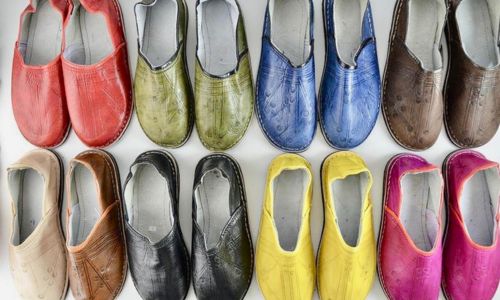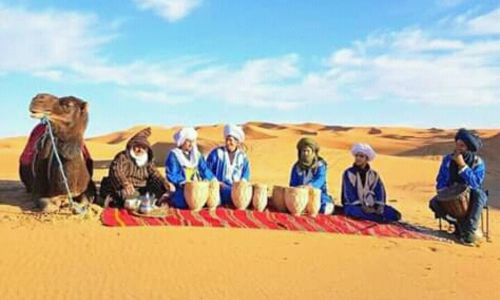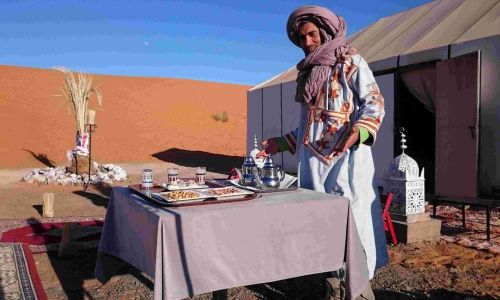Contrary to what one might think, and to what even some Moroccan media have been able to assert lately, it is not the Moroccans who have adopted the famous “Tarbouche” from the Ottomans, but the opposite. The tarbouche, or “Fez” as it is known worldwide, was once a traditional headdress found in Mediterranean countries of Muslim culture, from Morocco to the Balkans.
In popular culture, it is probably the most clichéd headdress when it comes to representing Muslim populations in the Mediterranean. From OSS117, to Wonderwoman, to the video game “Fez”, so many characters have appeared wearing the famous red hat. In the West, it was certainly popularized by the Turks. It was certainly a popular accessory, used by the Ottoman elites and soldiers, which became the symbol of a common Ottoman identity in the 19th century, but its origin goes back to well before the arrival of Islam in Morocco, ancient coins minted in Lixus (now Larache) show a character wearing a Fez. This headdress, which takes its name from the Moroccan city of Fez, which is also the name given to Morocco by the Turks, is perhaps a variant of the Phrygian cap of ancient Greece, except that unlike the latter, the Fez is not conical.
The historiographer Al Arabi Al Maqdissi reported in the tenth century that the inhabitants of Fez covered their heads with a “red headdress”, Leon the African in the 16th century reported that the inhabitants of Fez covered their heads with a red felt hat.
The Merinid historiographer, Ibn Marzouk, reported that among the gifts sent by the Merinid sultan, Abu Al Hassan, to the Mamluk sultan of Egypt were “burnous, capes, felt tarbouches; saddles and other gifts”.
The academician, Abdelhadi Tazi, reports in The Diplomatic History of Morocco a French document of the 18th century, the memoirs of the French diplomat Louis Chénier, dated November 10, 1775, saying that when the French give the tarbouch the name of Fez, they do this by imitation of the Ottomans who give it the name of the capital of Morocco, given that they import the headgear from the same city, and that even if the Tunisians tried to open factories for the manufacture of hats, they did not have the same know-how of the fassi factories. For the historian it was the proof that the origin of the tarbouch is deeply rooted in the history of Morocco.
The Fez became popular in the Ottoman Empire only in the 19th century. So since then, it has been worn by sultans and officials of the empire, then by the army and navy. The fever of the Fez spread to Europe, for a while the Fez became an item of high fashion among elegant European men and photographs of male models wearing a Fez were published in fashion magazines. Young gentlemen and even older people fell in love with the Fez, calling it “Turk Blue”. Sad cultural appropriation.

